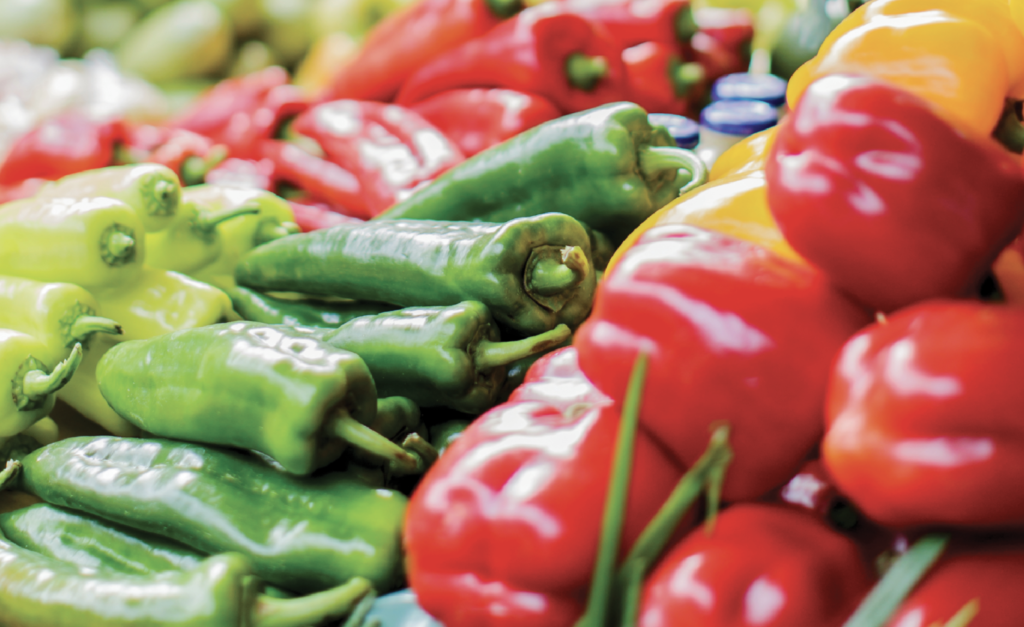
To Market?
Thanks to Covid, farmers’ markets have been given a bit of a boost when disruptions in the food system occurred and pushed customers to find alternatives to their usual shopping outlets. According to a study by Colorado State University for Local Food Economics, 35% of consumers participating in the study said they tried at least one new market channel.
If you are considering offering a farmers’ market at your garden center, you should weigh the pros and cons to make an informed decision that will hopefully lead to a profitable outcome.Find Your “Why”
Consider why you want to include a farmers’ market. Perhaps you are looking to drive more customers to your garden center, or maybe you are looking to increase your gross sales. Set some goals.
Are You a People Person?
What is your personality like? Do you enjoy meeting people and talking with them? Are you more introverted and the idea of spending several hours meeting and talking with people seems like a form of torture? As an extrovert, I liked doing farmers’ markets, but my wife is the exact opposite and we quickly learned that her skills were best used elsewhere.
Pros
While having a farmers’ market will cost you some real estate, you’ll have a ready audience because you’ll already have the foot traffic coming into your store. It’s also an instant focus group — you can interact directly with the customer to gauge their reaction to your products, and hear their evaluation of how you are offering them.
Farmers’ markets also allow you to sharpen your marketing skills, fine tune your displays to show your products at their best, and increase sales.
Cons
Weather can affect your success, depending on if your setup is indoors or outdoors. Obviously, a rainy day brings few customers to an outdoor market. There has, however, been some research that shows the customers who do come on bad weather days tend to purchase more.
Holding a farmers’ market might be your most expensive marketing channel due to increased labor costs. Even though the market may be open for only a few hours, it is really an all-day event; it could take an hour or more to set up and the same for tearing down.
Depending on your setup, initial startup costs can be high, as you might need a canopy, weights for the canopy (a must if outdoors), tables, coolers, etc. Ideally, these are items you will use for many years, so that cost is spread out.
Let’s finish up with a few “do’s” and “don’ts”.
Do
Be on time. Setting up your market late will ultimately hurt your business. If you start late, you might never really get fully set up and end up losing sales.
Brand your stuff. Your logo should be on everything, including t-shirts, hats, signage and labels. You’re looking to tell your story about what you offer and why.
If you offer samples, have them prepared in advance. This saves time and you won’t have to clean utensils at your stand, which could lead to health department scrutiny.
Have a system for keeping your space clean. Develop and implement protocols for cleaning so you can operate during Covid.
Don’t
Don’t be grumpy. No one wants to buy from someone who looks like they’d rather be somewhere else. Smiling, engaging vendors will always do well.
Don’t be short on your top products. You may have developed a reputation for having some high-quality products like sweet corn or strawberries; make sure you have it all season and through the market day. If you are constantly selling out halfway through the market day, you will frustrate your customers.
Having a farmers’ market means having an additional space where you can build your business and enhance your marketing skills. Given the current interest in local food, this could be the best time to start a market.






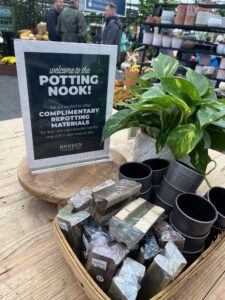


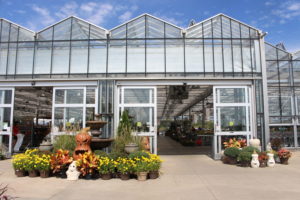
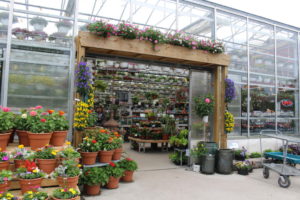



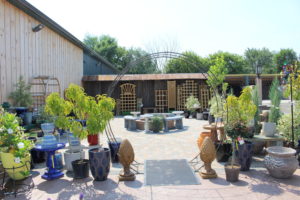

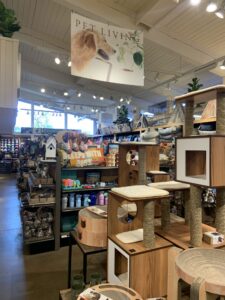
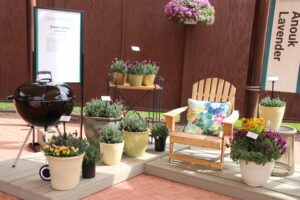
 Videos
Videos





